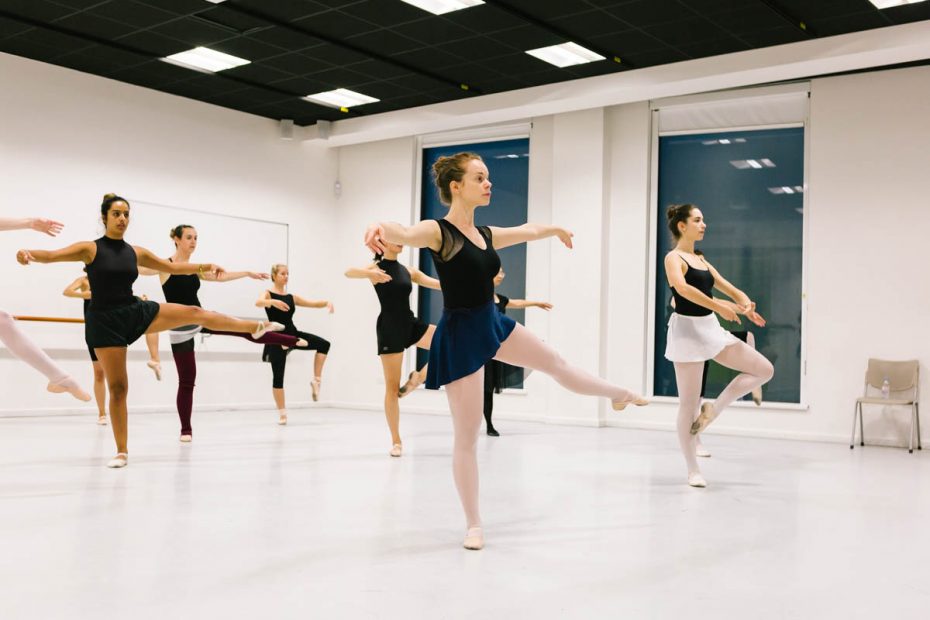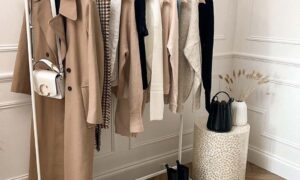Ballet is more than a dance—it’s a discipline, an art form, and for many, a way of life. And like any significant pursuit, it requires the right tools. In ballet, one of those tools is dancewear. The importance of the right attire cannot be overstated, not just for aesthetics, but also for functionality, safety, and performance. From ballet shoes to warm-up apparel, every element in a dancer’s wardrobe plays an essential role. In this blog post, we will delve into the crucial dancewear items that every ballet dancer should have in their wardrobe.
Ballet Shoes
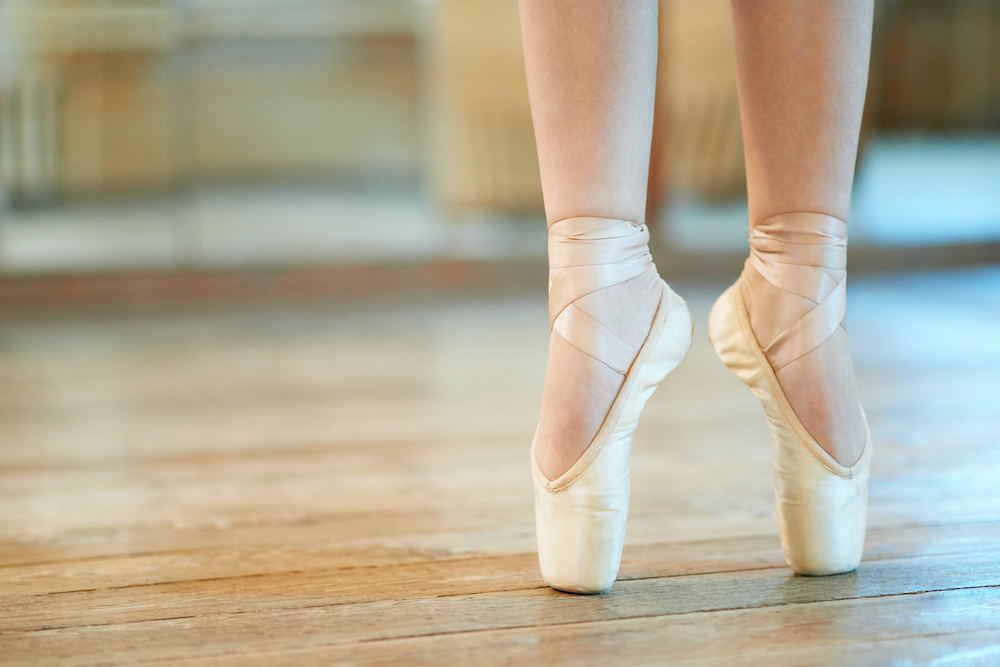
beautiful legs of a dancer in pointe
Ballet shoes, the first item that comes to mind when one thinks of ballet dancewear, are paramount to a dancer’s performance. They are available in two primary materials, canvas, and leather, each with its pros and cons. Canvas shoes are lightweight, affordable, and easy to clean, making them suitable for beginner-level dancers. On the other hand, leather shoes offer superior durability and support, ideal for more advanced dancers.
Getting the right fit and size for your ballet shoes is crucial. A poorly fitting shoe not only hampers your performance but can also cause injuries. Hence, always try on the shoes before purchasing, and remember that different brands may have varying sizing.
When it comes to caring for ballet shoes, regular cleaning is essential. Use a soft, damp cloth for leather shoes, and machine-wash canvas shoes in cold water. Avoid wearing ballet shoes outside the studio to extend their lifespan.
Leotards
Leotards are the second skin for ballet dancers. They allow for unhindered movement and enable the instructor to observe the dancer’s form. Styles range from camisole, to tank to long-sleeve, each with a unique aesthetic and function. The style choice often comes down to personal preference and the requirements of the dance school or performance.
When selecting a leotard, look for materials like cotton or microfiber that offer breathability, stretch, and durability. The fit should be snug, but not restrictive. Remember, comfort is key.
Tights
Tights play a critical role in ballet dancewear, providing support and creating a streamlined aesthetic. There are two main types of ballet tights: footed and convertible. Footed tights are traditional and offer a smooth line from the leg to the foot. Convertible tights have a hole under the foot, allowing dancers to switch to barefoot for contemporary work or foot care.
Choose tights that are durable and offer a blend of comfort and elasticity. Look for tights with a soft waistband to avoid any discomfort during movement.
Ballet Skirts
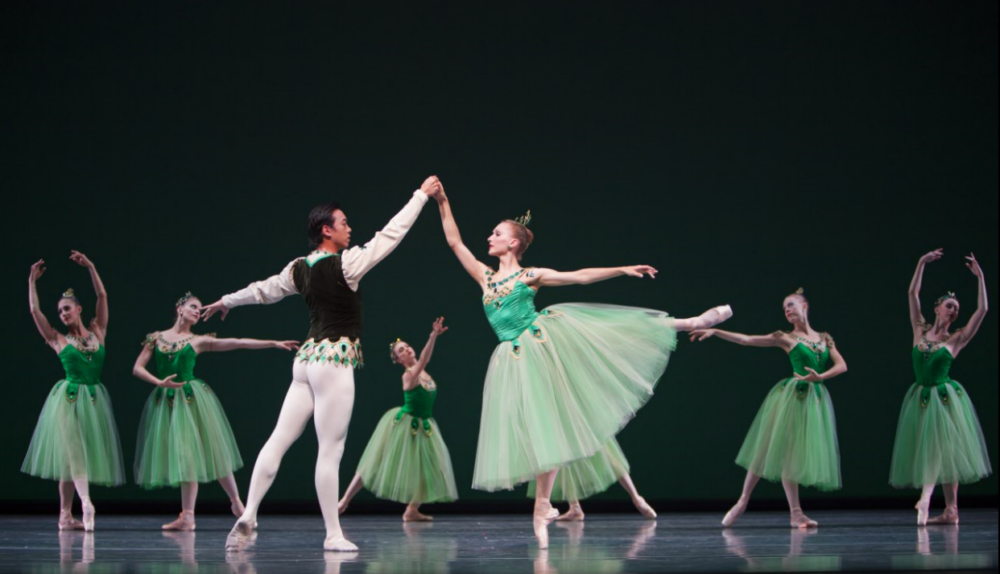
Source: citabeille.org
Ballet skirts enhance the aesthetics of ballet attire and highlight the dancer’s movements. Styles vary from wrap skirts to tutus, each offering a unique visual appeal. Wrap skirts are versatile, while tutus are primarily used for performances.
When choosing a ballet skirt, consider the length and style that best suits your body type and enhances your movements. The material should be lightweight and fluid to emphasize the elegance of ballet.
Warm-up Attire
Warm-up attire is often overlooked but plays a crucial role in a dancer’s preparation. Options include leg warmers, ballet sweaters, and more. These items help the dancer warm up effectively, preventing injuries.
Choose warm-up attire that offers warmth and flexibility. Again, comfort is paramount. Items should be easy to put on and take off as the dancer’s body temperature changes.
Ballet Accessories
Accessories, though often considered minor, can make a significant difference in a dancer’s performance and presentation. These include ballet belts, which help highlight a dancer’s waistline and proper alignment, and hair accessories, which keep the dancer’s hair secure and tidy.
Choose accessories that enhance your performance without causing discomfort. Keep them clean and well-maintained to ensure longevity.
Pointe Shoe Accessories
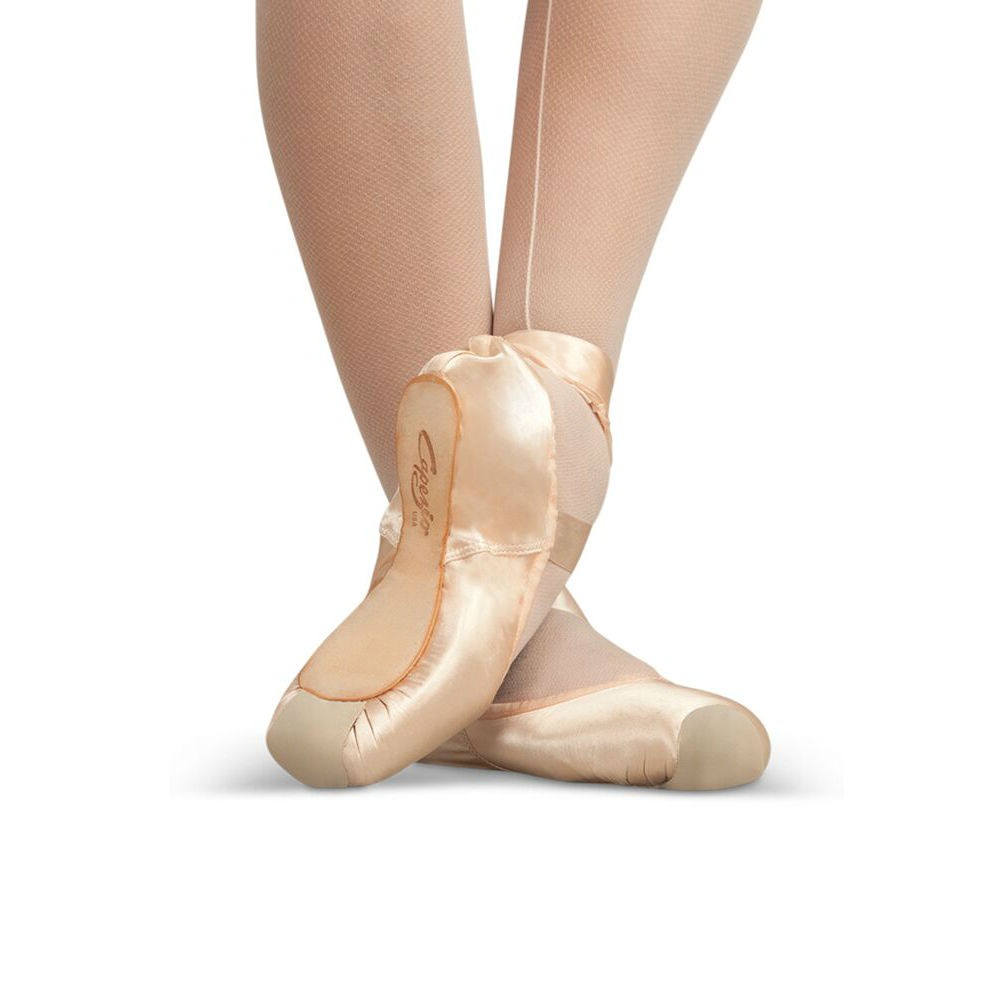
Source: aitadance.com
Pointe shoe dancers require specialized accessories such as toe pads and ribbons for comfort and support. Toe pads cushion the foot and protect it from injury, while ribbons secure the shoe to the foot.
Use these accessories correctly and maintain them well. Replace toe pads regularly for optimal protection, and keep ribbons clean and intact.
Dance Bags
Dance bags play a pivotal role in a dancer’s routine, helping dancers stay organized and efficiently transport their dancewear. When selecting a dance bag, consider factors such as size, compartments, and overall design. A dance bag should be durable, easy to clean, and have sufficient space for all your dancewear items, including shoes, leotards, tights, and accessories. Additional features like separate compartments for wet items or dedicated pockets for pointe shoes can be beneficial. Ultimately, your dance bag should cater to your specific needs, acting as your reliable companion throughout your dance journey.
Hair and Makeup Essentials
Proper hair and makeup are not just embellishments in ballet performances, but they’re an integral part of the entire presentation. Hair should be securely tied up, usually in a ballet bun, using sturdy hairpins and bun nets to keep stray hairs in check, ensuring the dancer’s focus remains solely on their performance.
Similarly, makeup should be professional, well-executed, and appropriate for the stage performance, accentuating the dancer’s features under the sometimes harsh stage lights. It’s essential to remember that while this dance is about precision and grace in movement, the dancer’s appearance, including their hair and makeup, significantly impacts the overall performance.
Dancewear Care and Maintenance
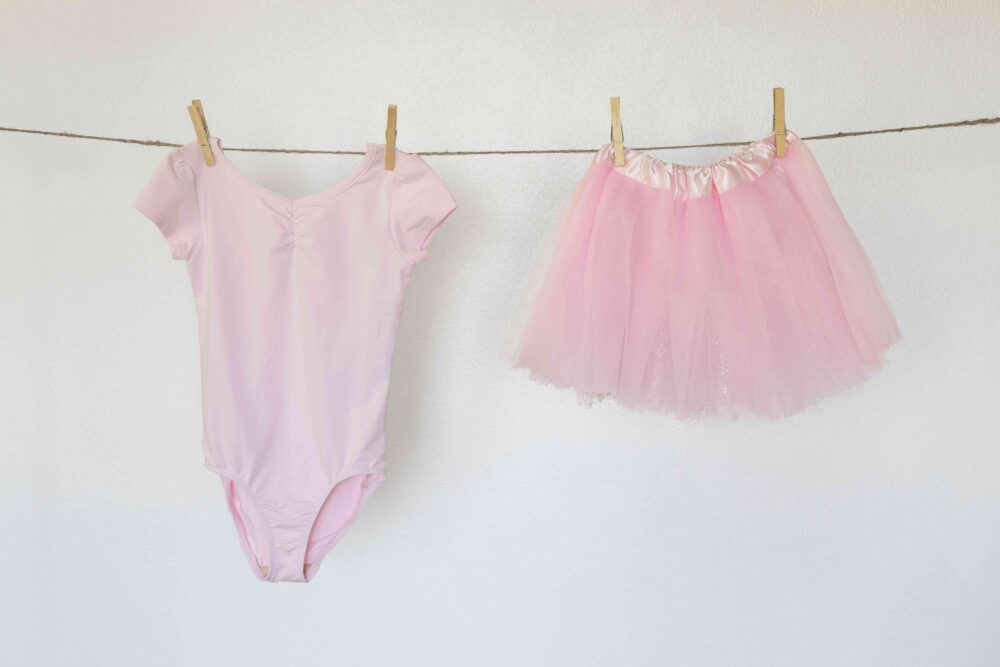
Source: thespruce.com
The proper care and maintenance of dancewear are vital to ensure longevity and sustained performance. Dancewear should be washed according to the manufacturer’s instructions, typically in cold water and air-dried to maintain elasticity and shape. In addition to regular cleaning, proper storage is key.
Dancewear should be stored in a dry, well-ventilated space to prevent damage and accumulation of unpleasant odors. If you’re serious about ballet, your dancewear is your professional tool; taking good care of it reflects not only on your commitment but also enhances your overall ballet experience.
Conclusion
Investing in the right ballet dancewear is crucial for any dancer. It not only enhances performance and ensures comfort but also imbues a dancer’s routine with a sense of discipline and professionalism. So, whether you’re a seasoned professional or a ballet beginner, it’s crucial to ensure your dance wardrobe is well-stocked with these essential items.
Each piece, from your ballet shoes to your dance bag, contributes to your dance journey in unique ways. Never underestimate the power of well-chosen, well-cared-for ballet dancewear in enhancing your performance and fostering your love for this beautiful art form. Here’s to the joy of dancing and the continuous pursuit of grace and perfection!


